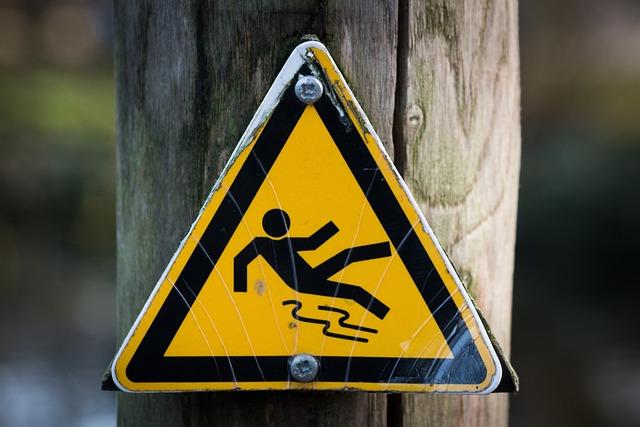Trees provide many valuable benefits to our environment, but they can also pose hazards if not properly managed. In order to prevent accidents and property damage, it is important to be able to recognize potential tree hazards. By understanding the signs of a hazardous tree, we can take proactive measures to ensure our safety and the health of our trees. In this article, we will explore some common tree hazards and how to identify them.
Recognizing Tree Hazards
When it comes to keeping your property safe, it’s important to be aware of potential tree hazards. Understanding common signs of tree hazards can help you prevent accidents and damage in the future. One key aspect of recognizing tree hazards is assessing the health and stability of your trees. Look for any warning signs that indicate a tree may be at risk of falling or causing harm.
Structural defects in trees can also pose a threat to safety. By identifying any issues such as cracks, decay, or weak branches, you can take proactive measures to address these concerns before they become a hazard. It’s also essential to evaluate environmental factors that may influence tree hazards, such as soil conditions, nearby construction, or extreme weather conditions.
Q&A
Q: What are some common signs of tree hazards that property owners should be aware of?
A: Signs of tree hazards can include dead or hanging branches, cracks in the trunk, signs of decay or disease, leaning trees, or trees with root issues.
Q: How can property owners assess the risk of a tree hazard on their property?
A: It is recommended to have a certified arborist inspect trees on the property to assess potential hazards and risks.
Q: What steps can be taken to mitigate tree hazards on a property?
A: Pruning dead or damaged branches, removing diseased trees, proactively inspecting trees for signs of decay or disease, and consulting with a professional arborist for guidance on tree maintenance.
Q: What are the potential risks associated with ignoring tree hazards on a property?
A: Ignoring tree hazards can lead to property damage, personal injury, or even loss of life in severe cases. Trees with hazards are more likely to fail and cause damage during storms or high winds.
Q: How often should property owners inspect their trees for potential hazards?
A: It is recommended to inspect trees at least once a year, preferably in the spring or fall, to assess their health and potential hazards. Additionally, trees should be inspected after severe weather events.
Conclusion
it is important to be aware of and recognize tree hazards in order to prevent property damage, injuries, and potential risks to the environment. By familiarizing yourself with common signs of tree hazards and seeking professional assessment when necessary, you can ensure the safety and well-being of yourself and those around you. Remember, when in doubt, it’s always best to err on the side of caution when dealing with potentially hazardous trees. Thank you for reading and stay safe!
Simpsons Tree Services, Servicing Melbourne’s North Eastern Suburbs
Book a quote online at www.simpsonstrees.com.au




